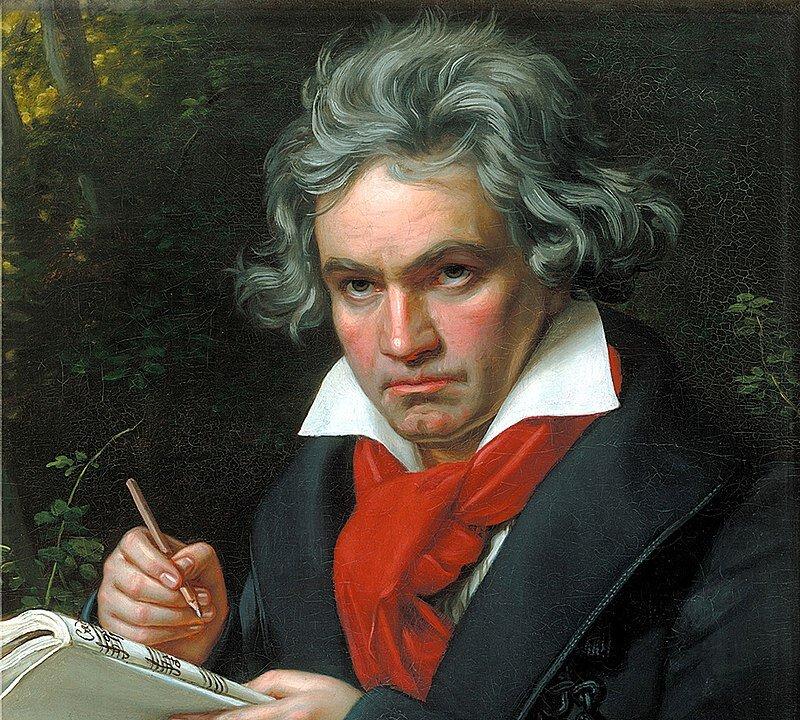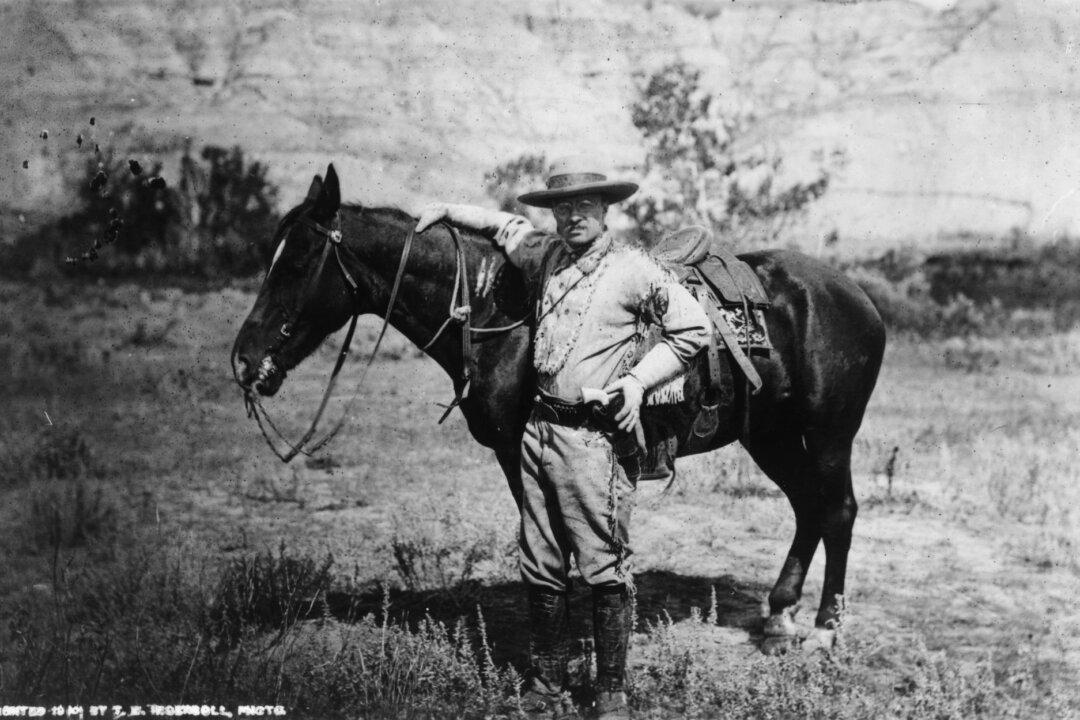It isn’t every day that we get to engage with something dating back to 300 B.C., but the proverb “Time heals all wounds” is just that.
Have you ever had someone quote this proverb to you when you needed just a little bit of reassurance, which this one so consistently provides? Just saying it to myself offers comfort. It’s like wrapping a warm blanket around my shoulders.





